INDIAN AMERICAN Kash Patel, a former defence official with close ties to US president-elect Donald Trump, has emerged as a prominent candidate for key national security roles, including the position of CIA director.
Patel, a former Republican House staffer, served in various high-ranking staff roles in the defence and intelligence communities during Trump's first term. He frequently appeared on the campaign trail to rally support for the candidate.
The speculation around Patel’s potential appointment comes as Trump prepares to take office and considers candidates for crucial positions within his administration.
His reputation as a strong Trump supporter and his willingness to tackle controversial issues have brought him to the forefront of consideration for roles that oversee US intelligence and security, according to reports.
Who is Kash Patel?
Patel was born in New York to Gujarati parents. He began his career as a public defender, handling complex cases that ranged from murder and drug trafficking to intricate financial crimes.
He then moved into the role of terrorism prosecutor at the US Department of Justice, where he led investigations across various conflict zones. His work focused on prosecuting members of terrorist organisations, including Al-Qa’ida and ISIS, and he served as a DOJ Liaison Officer to the Joint Special Operations Command, coordinating with counterterrorism units on global operations targeting high-profile terrorism figures.
Kash Patel speaks during a campaign event in Tucson, Arizona. (Photo by Brandon Bell/Getty Images)During his time in the Trump administration, Patel held significant roles, including principal deputy to the acting director of National Intelligence, where he oversaw the operations of all 17 US intelligence agencies.
At the National Security Council, Patel served as deputy assistant to the President and Senior Director for Counterterrorism. In this role, he led efforts on several of Trump’s priorities, such as targeting ISIS and Al-Qa’ida leaders like Abu Bakr al-Baghdadi and Qasim al-Rimi, as well as coordinating the safe return of American hostages.
Patel has leaned into controversy throughout his career. In an interview with Trump ally Steve Bannon last year, he promised to "come after" politicians and journalists perceived to be enemies of Trump.
During the Trump's first term, Patel drew animosity from some more experienced national security officials, who saw him as volatile and too eager to please the then-president.
Throughout Trump’s first term, Patel gained both praise and criticism. Known for his outspoken stance against what he terms as the "deep state," Patel often criticised government actions he viewed as hostile to Trump and conservative ideals.
Patel was a vocal opponent of the investigations into alleged Russian interference in the 2016 election, positioning himself as a defender of Republican interests against what he called federal overreach.
Though his potential appointment as CIA director is widely discussed, some speculate that Senate confirmation may be challenging due to his contentious past and strong views. Patel’s willingness to confront his opponents openly has stirred concerns among some lawmakers and intelligence officials, who worry that his leadership style might unsettle the intelligence community.
In an interview, Patel suggested he would pursue reforms in US intelligence agencies, which he argued have become politically compromised.
Some Trump allies hope Patel’s leadership will bring about a significant shake-up at the CIA, while others see him as better suited for roles at the FBI or National Intelligence.
Patel has openly advocated for significant reforms to both the Department of Justice and intelligence agencies, often suggesting that the leadership of these agencies requires a thorough restructuring to serve what he calls the “American people’s interests.”
His candidacy for CIA director has also attracted international attention, with foreign allies keeping a close watch on Trump’s choices for these sensitive roles. Patel’s views on dismantling certain government structures could signal a shift in how the US engages with foreign intelligence partners, particularly in Europe and Asia.
Despite the speculation, Trump’s transition team has not yet officially confirmed Patel for any role, choosing to keep discussions private until final announcements are made.
In the past, Trump has even promoted Patel’s book, Government Gangsters, as a guiding document for his second term, reinforcing the likelihood that Patel will play a pivotal role in the new administration.
(with inputs from agencies)







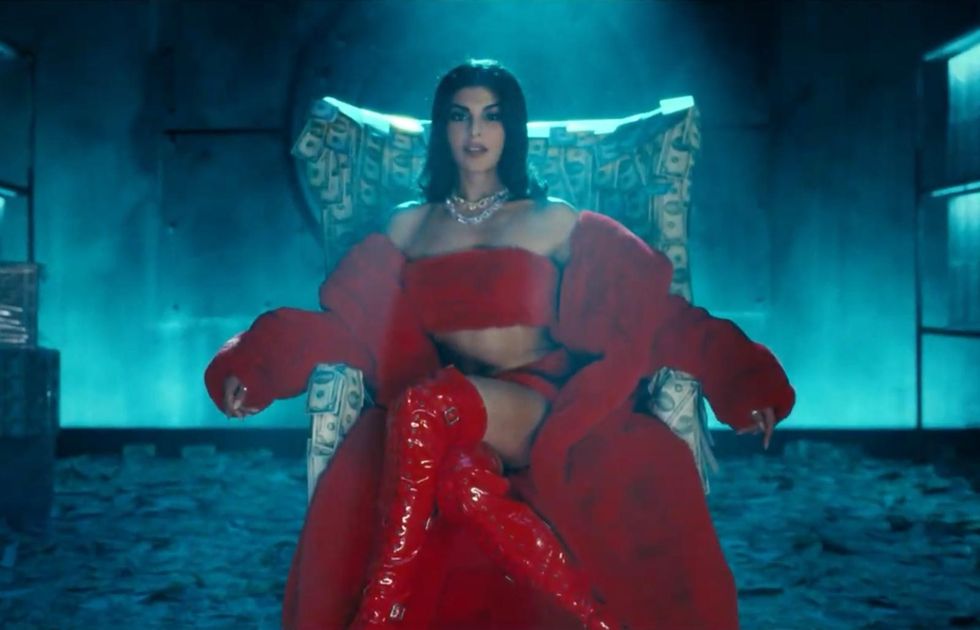 With viral choreography, bold styling, and mass appeal, Jacqueline’s music video appearances have become internet staples
With viral choreography, bold styling, and mass appeal, Jacqueline’s music video appearances have become internet staples These 12 songs reflect how Jacqueline Fernandez has turned dance numbers into viral cultural moments
These 12 songs reflect how Jacqueline Fernandez has turned dance numbers into viral cultural moments









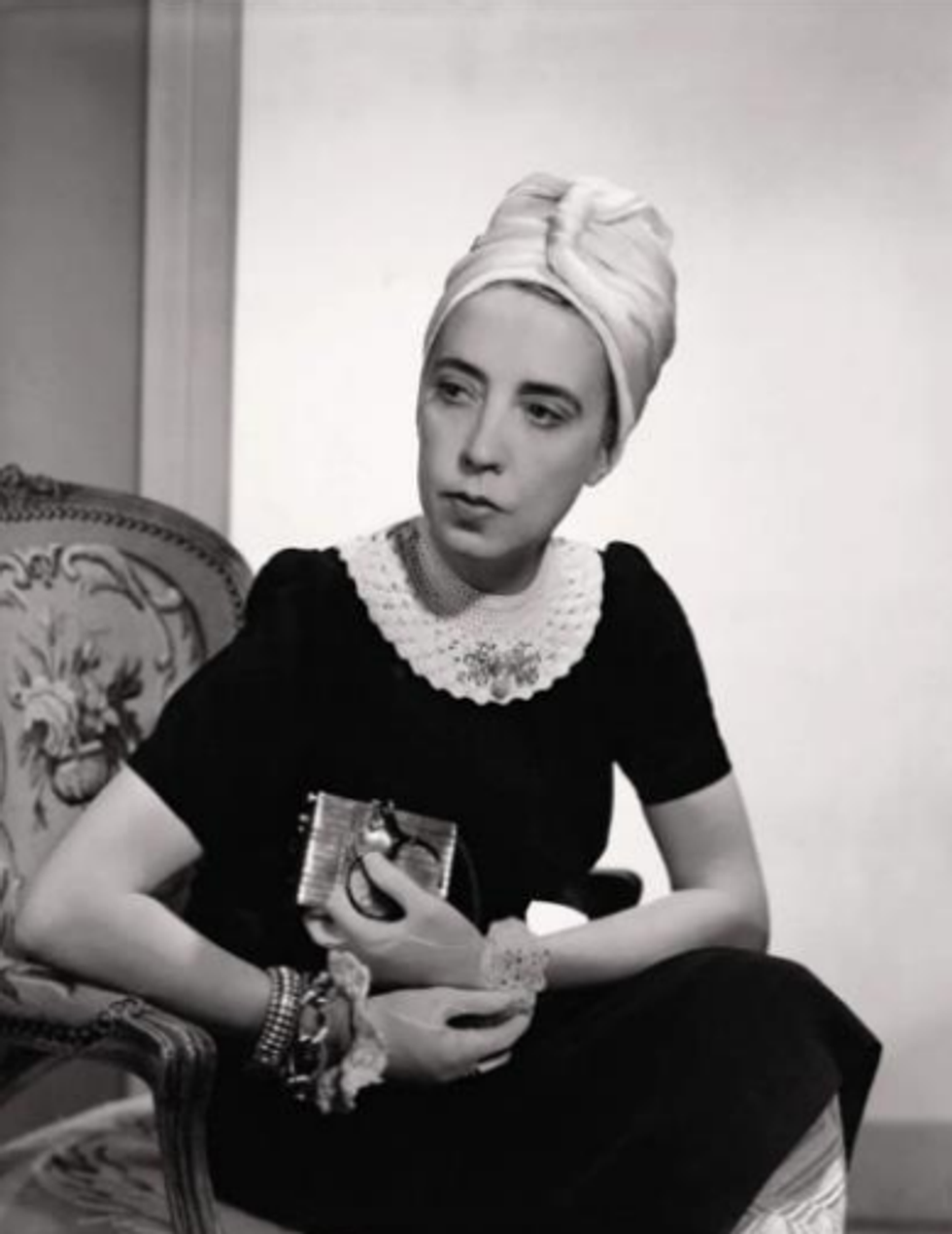 Vogue 1940; Designer Elsa Schiaparelli wearing black silk dress with crocheted collar of her own design and a turbanFredrich Baker/Condé Nast via Getty Images
Vogue 1940; Designer Elsa Schiaparelli wearing black silk dress with crocheted collar of her own design and a turbanFredrich Baker/Condé Nast via Getty Images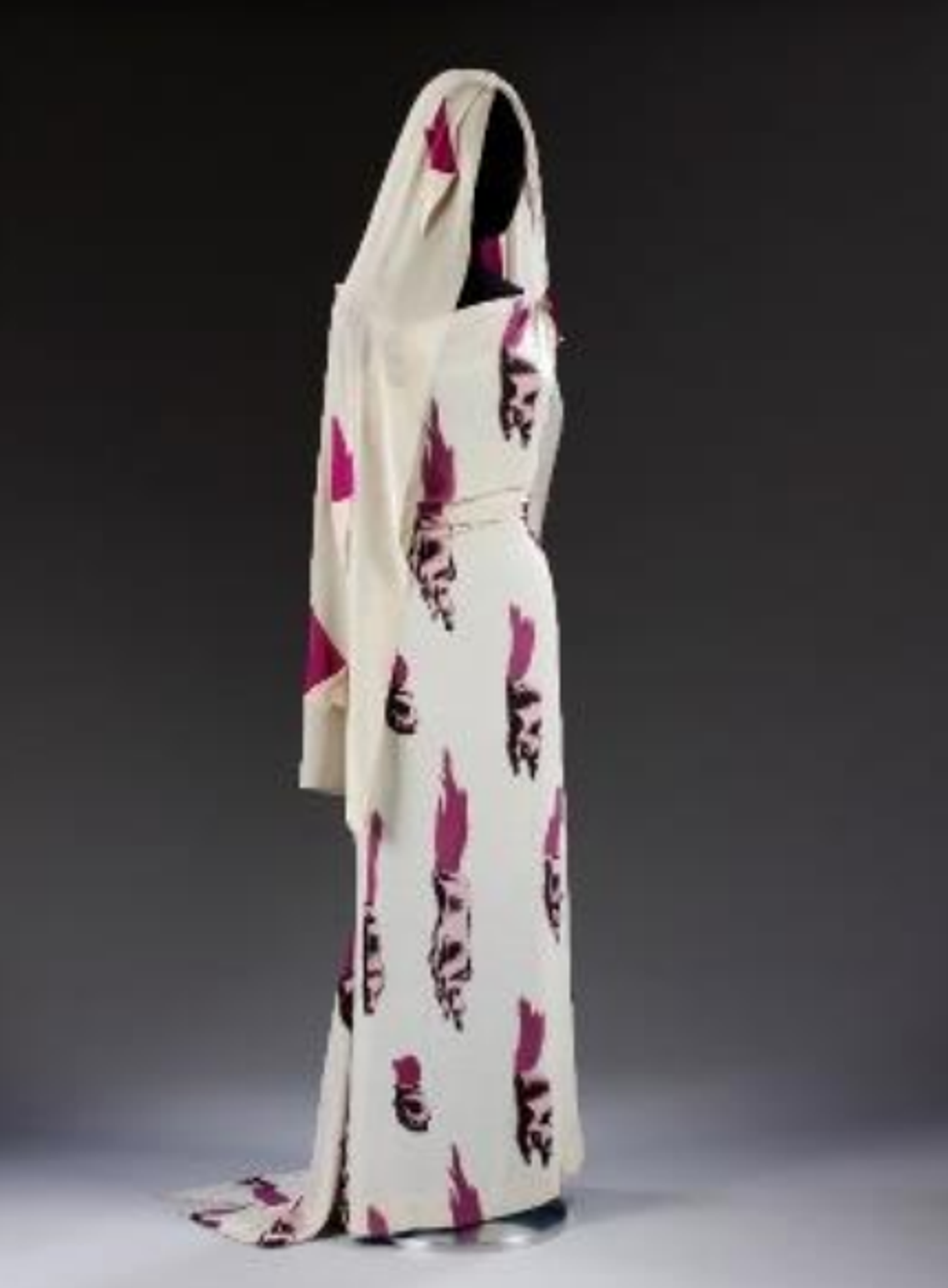 'Tears' Evening dress and head veil, designed by Elsa Schiaparelli, February 1938 for Circus Collection, summer 1938. Fabric designed by Salvador Dali Victoria and Albert Museum, London
'Tears' Evening dress and head veil, designed by Elsa Schiaparelli, February 1938 for Circus Collection, summer 1938. Fabric designed by Salvador Dali Victoria and Albert Museum, London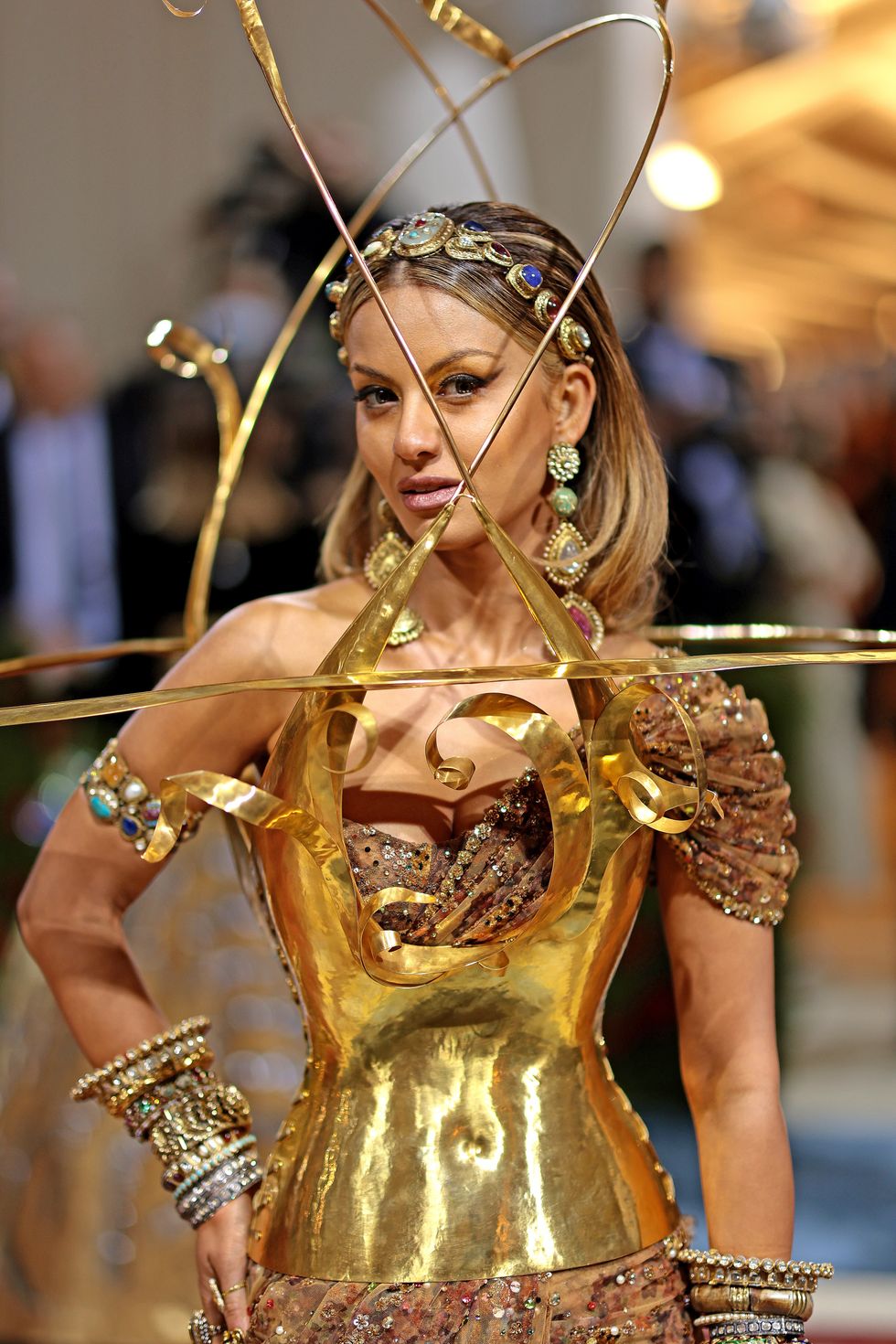 Natasha Poonawalla attends The 2022 Met GalaGetty Images
Natasha Poonawalla attends The 2022 Met GalaGetty Images 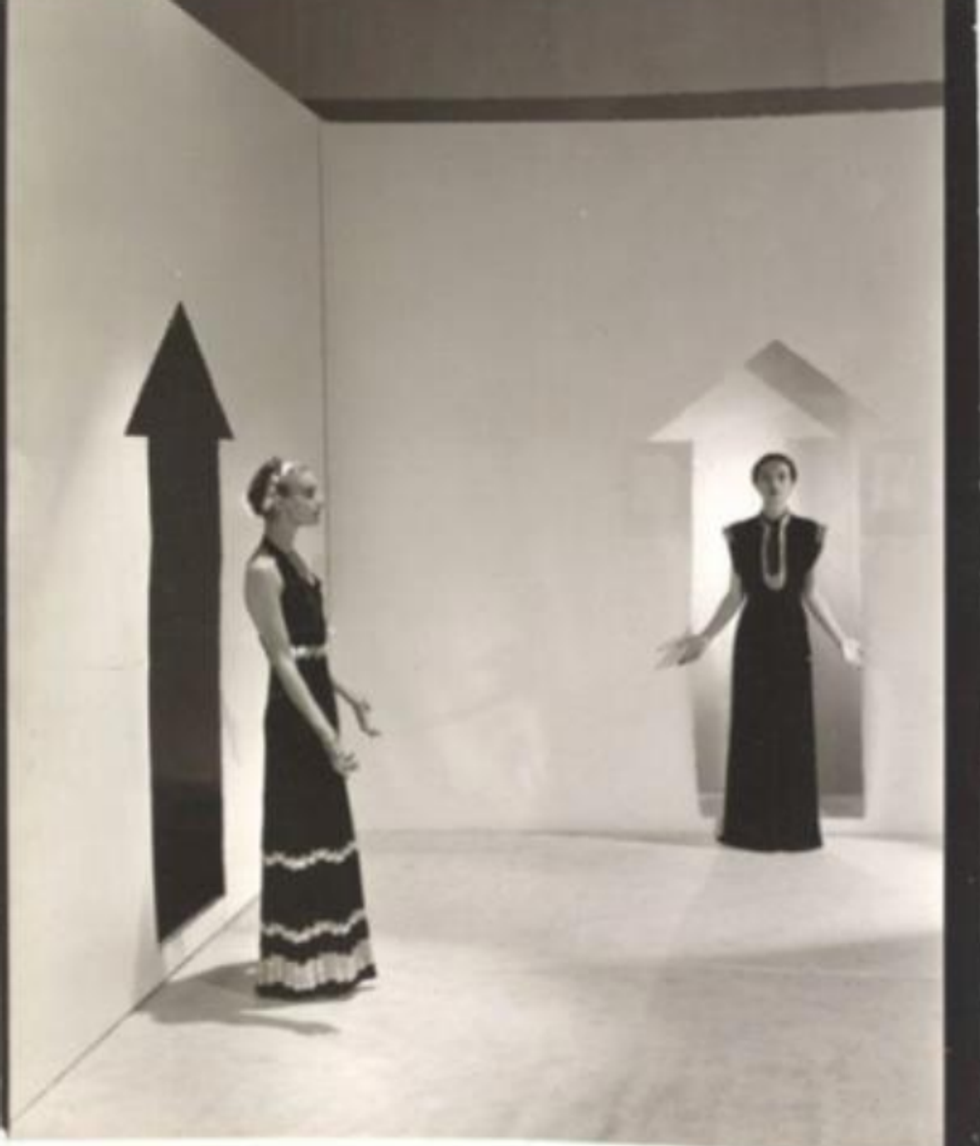 Vogue 1936; Two models, standing in a white room with arrows painted on walls and wearing dresses by Schiaparelli;Cecil Beaton/Condé Nast via Getty Images
Vogue 1936; Two models, standing in a white room with arrows painted on walls and wearing dresses by Schiaparelli;Cecil Beaton/Condé Nast via Getty Images


 Sri Lanka's Kusal Mendis celebrates after scoring a century (100 runs) during the match. (Photo by ISHARA S. KODIKARA/AFP via Getty Images)
Sri Lanka's Kusal Mendis celebrates after scoring a century (100 runs) during the match. (Photo by ISHARA S. KODIKARA/AFP via Getty Images)